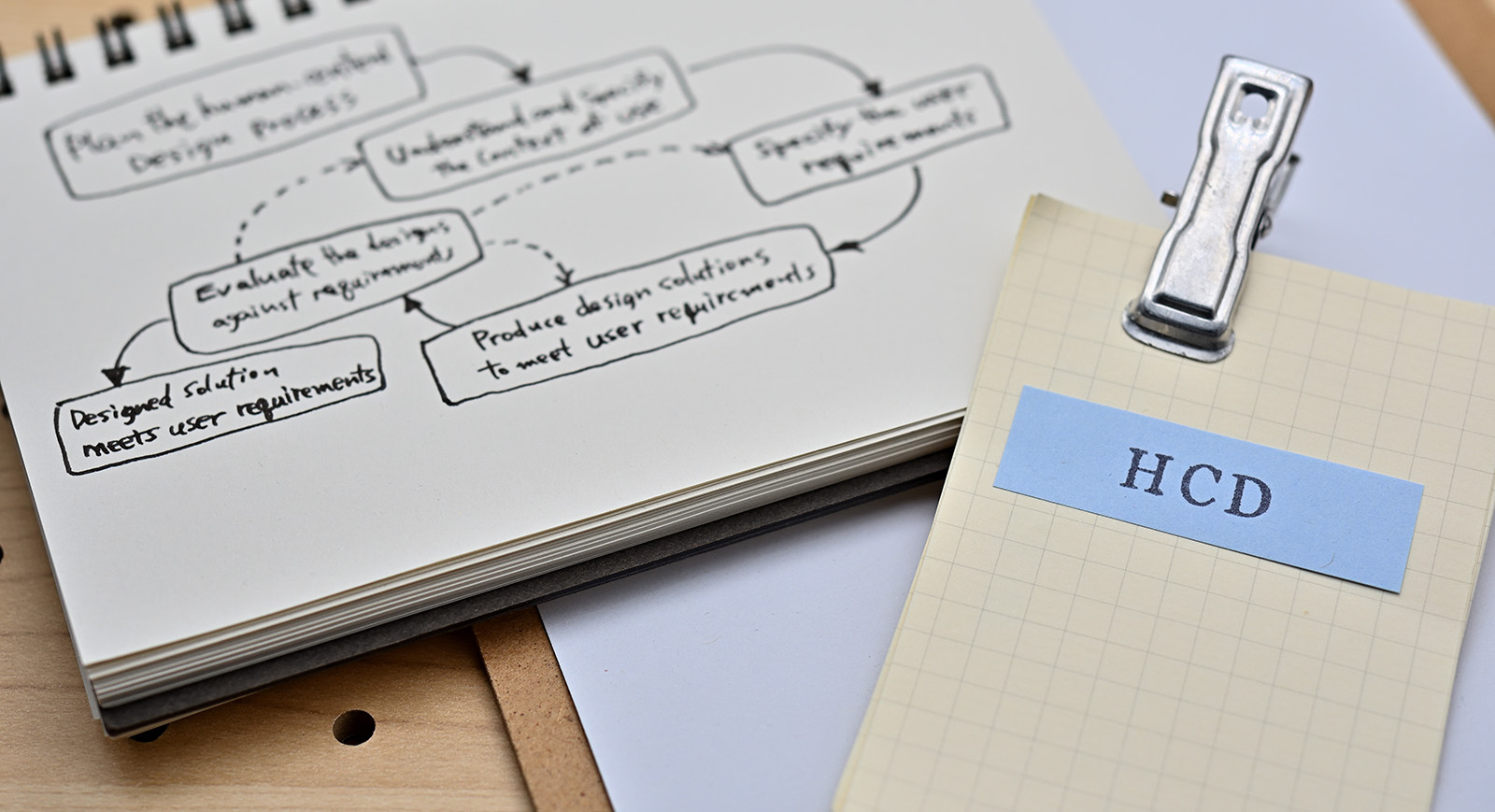Categories
- Design Process
- Technical surfacing
- Prototyping
Tags
The Role of Human-Centered Design in Creating Effective Beautiful Products
July 20, 2023
In the dynamic realm of product design, human-centered design has surfaced as a critical strategy that puts user needs and desires at the forefront. It situates people at the heart of the design methodology, ensuring that products don't just meet functional criteria, but also strike a chord with users. Human-centered design extends beyond mere aesthetics, aiming to engineer solutions that enhance the user experience and cultivate a deep emotional bond between the consumer and the product.
Understanding User Needs and The Role of Empathy
The creation of truly effective and visually appealing products begins with a deep understanding of the target audience. This journey commences with comprehensive user research, gathering insights about user behavior, preferences, and hurdles. Empathy is instrumental in this stage, immersing designers into the users' world to understand their ambitions and challenges fully. Through empathy, designers can formulate user personas representing different audience segments, paving the way for a highly tailored design process.

The Ideation Process in Human-Centered Design
Armed with a profound comprehension of user needs, designers venture into the ideation phase. This stage fosters an environment conducive to creativity and collaboration. Brainstorming sessions become the crucible for innovative ideas, where diverse viewpoints contribute to unique solutions. In human-centered design, every idea has merit, and all are documented for evaluation based on user feedback and practicality.
Prototyping and Iteration - The Cornerstones of Human-Centered Design
The iterative nature of human-centered design becomes prominent during the prototyping stage. Designers craft initial prototypes of their concepts, encouraging early user interaction with the product. User feedback is collected, analyzed, and integrated into future iterations, leading to continuous enhancements. This iterative cycle guarantees that the final product aligns seamlessly with users' expectations.
Implementing Human-Centered Design in Your Product Development Cycle
Incorporating human-centered design into your product development process demands collaboration among various teams. Designers, engineers, marketers, and stakeholders must work synergistically to focus on user-centric goals. Frequent communication and knowledge sharing foster a shared understanding of the significance of prioritizing end-users.
Success Stories: Human-Centered Design in Action
Multiple products in the market owe their success to the principles of human-centered design. A prime example is a renowned smartphone manufacturer that prioritized user feedback, continuously honed their products, and reaped benefits in the form of high customer satisfaction, increased brand loyalty, and market leadership.
The Benefits and Challenges of Human-Centered Design
While human-centered design offers numerous benefits like a loyal customer base and a competitive edge, it also presents challenges such as time and resource constraints. It requires a delicate balance between user needs and business objectives. For global products, there's also the need to navigate cultural and regional differences to ensure universally positive user experiences.
Looking Ahead: The Future of Human-Centered Design
With advancements in technology, human-centered design will continue to evolve to meet new challenges and opportunities. Artificial Intelligence (AI) and machine learning are set to play a significant role in anticipating user needs. Furthermore, designers will need to embrace inclusivity and diversity to cater to an increasingly global audience.
Ethics in Human-Centered Design
As human-centered design evolves, ethical considerations, particularly around data privacy and user protection, become crucial. Designers need to ensure their products neither harm users nor perpetuate biases. Transparency and accountability in design processes will be of utmost importance.
Tips for Implementing Human-Centered Design in Your Business
For businesses looking to integrate human-centered design into their projects, fostering a user-centric mindset within the organization is key. Seek continuous feedback and strive for ongoing improvement. Encourage collaboration and draw upon expertise from various fields for a more holistic view.
Conclusion
In summary, human-centered design has brought about a paradigm shift in product design, positioning users at the core of the creative process. By empathizing with users, understanding their needs, and actively involving them in the development process, designers can build products that resonate with users and excel in functionality and aesthetics. As technology advances, the future of human-centered design promises to be exciting, with ethics serving as its guiding principle.
Comments